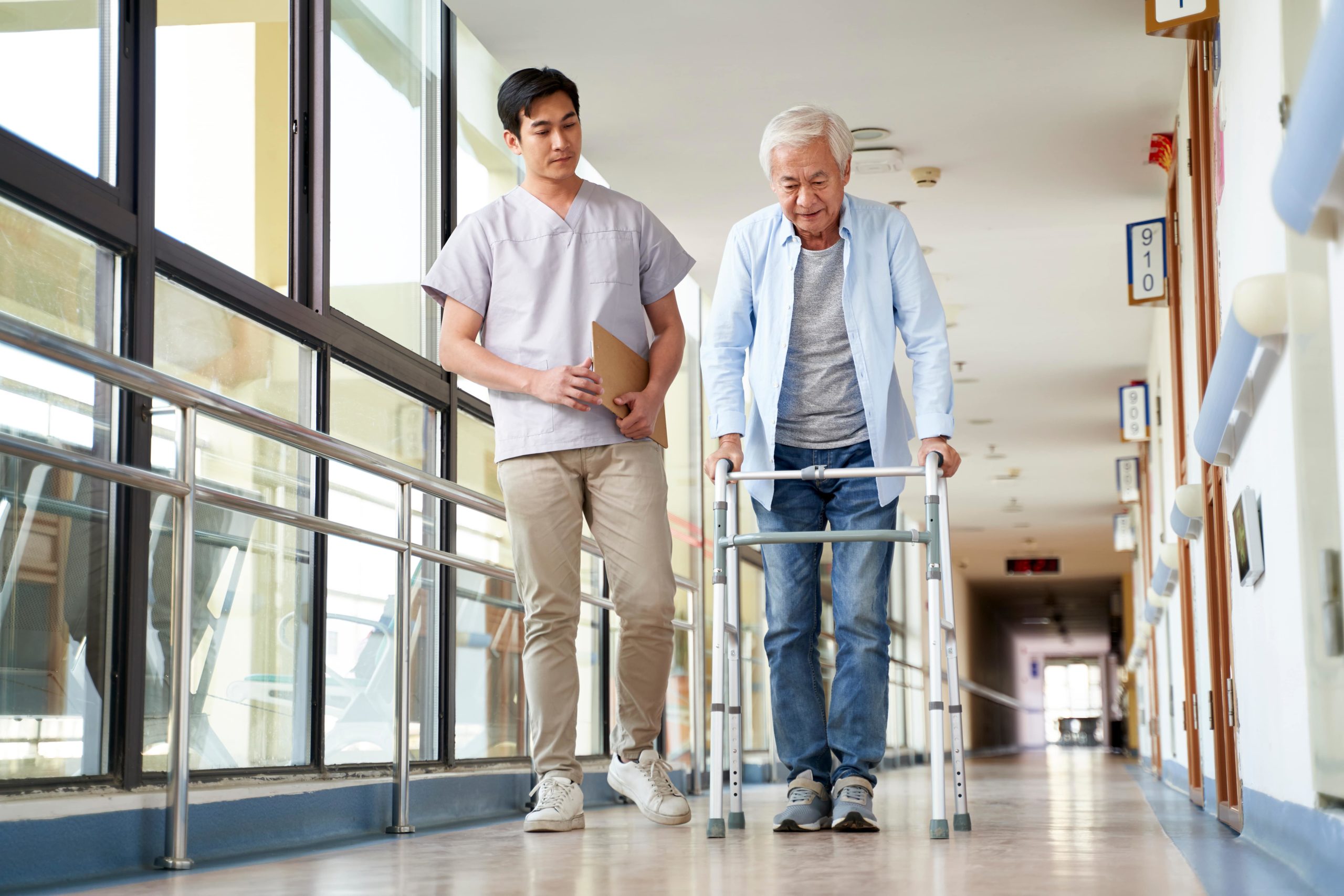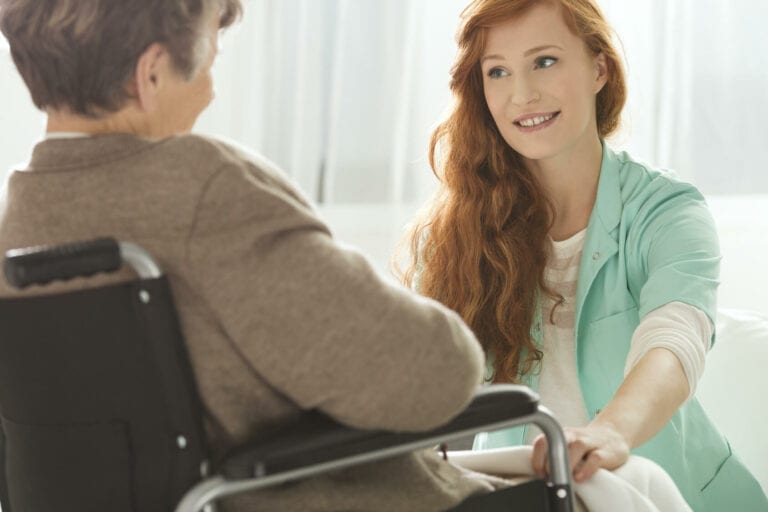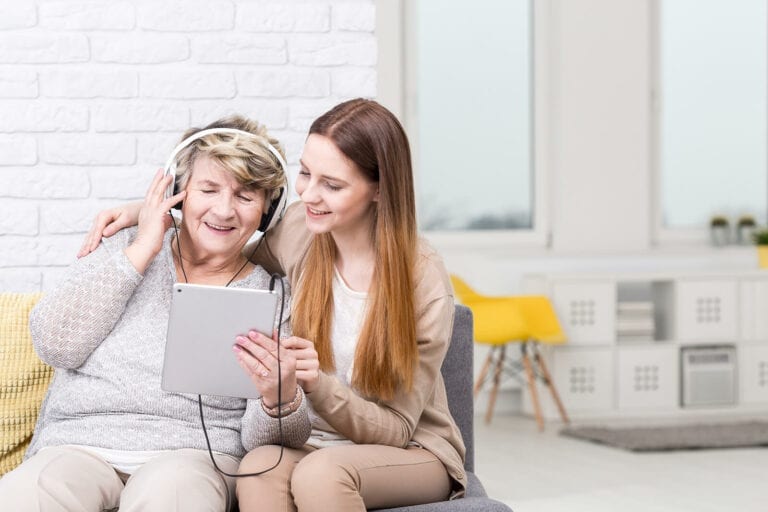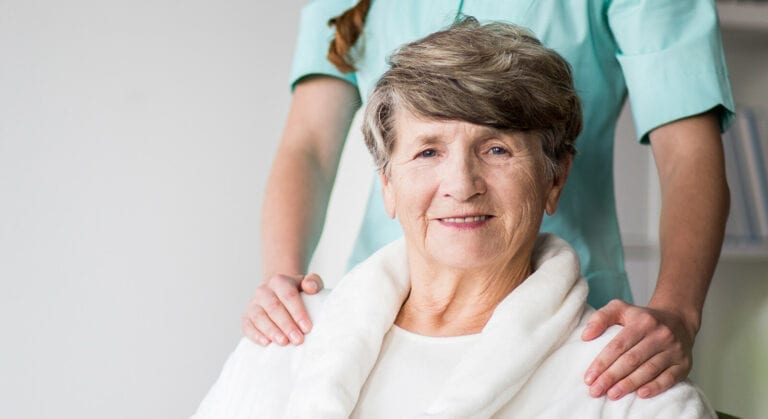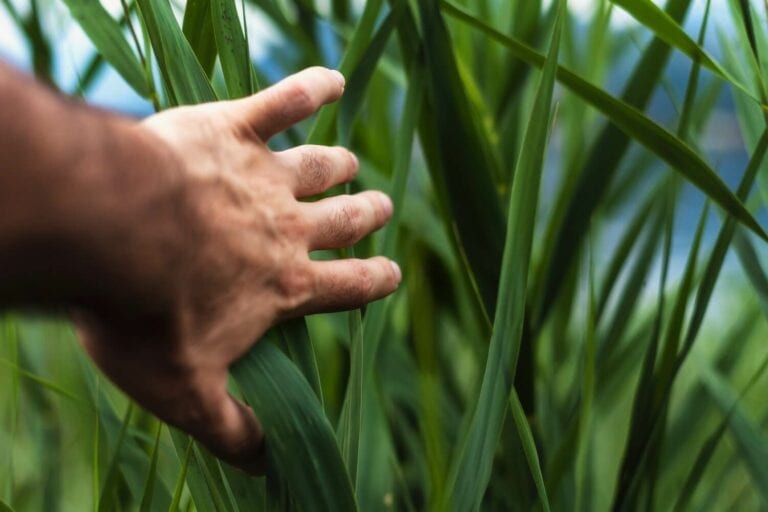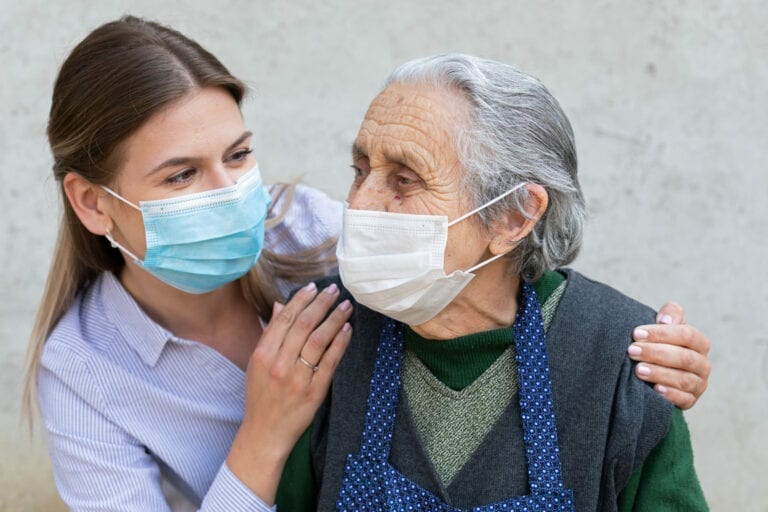The months following a loved one’s stroke are frequently difficult. This transformation necessitates a new perspective on care, routine, and priorities. Moreover, having an aging loved one suffer such physical and emotional changes is distressing for society. However, recognizing the large body of data around effective stroke therapy inspires optimism for a route ahead. This article will help you prepare for the phases of rehabilitation that follow a stroke.
The stages of recovery, named after the physical therapist who investigated the phases of motor function after a stroke, provide stroke survivors and their families with a road map of predicted stages that might assist them in formulating an appropriate rehabilitation and recovery strategy. Patients will initially be unable to move afflicted muscles during flaccidity and hypotonia, representing muscular weakness. The neurological link is severed even if the muscles are in good condition shortly after a stroke. These underused muscles will lose tone without early help and training.
Recognizing stroke signs and symptoms
The following are some signs and symptoms of stroke that may be dealt with in a rehab center:
Face drooping
One-sided facial droopiness or numbness may signify the onset of a stroke. Ask your loved one to smile and examine their smile for any irregularities.
Arm weakness
Request that your loved one lift both arms over their head and maintain them there. Stroke symptoms may include the inability to maintain both arms horizontally.
Speech Difficulty
Ask your loved one to repeat a simple sentence and listen for slurred speech or an inability to enunciate words, which may indicate the onset of a stroke.
Other stroke symptoms include:
- Sudden facial, arm, or leg numbness
- Confusion
- Trouble seeing
- Dizziness or difficulty walking
- Severe headache
Can seniors recover from stroke rehabilitation?
Rehabilitation after a stroke aims to restore as much physical and cognitive function as possible for your loved one. For most patients, Recovery following a stroke can take six to twelve months of intense rehabilitation. However, even years after beginning rehabilitation, stroke patients can continue to improve their cognitive, emotional, and physical functioning.
Rehabilitation after a stroke may involve speech, occupational, and physical therapy. Rehabilitation assists stroke patients with relearning activities of daily living (ADLs), such as walking, using the bathroom, and other skills that enable them to live independently.
In cases where a full recovery is not feasible, rehabilitation can provide ways to assist your loved one in living as independently as possible. For instance, if the stroke has severely impaired your loved one’s ability to use their right arm, a therapist may teach them how to get out of bed without using that arm.
Where can older adults get after-stroke care?
The kind and severity of the stroke will determine how much rehabilitation your loved one needs and if inpatient or outpatient care is necessary. If they require round-the-clock care and extensive treatment, inpatient rehabilitation at a skilled nursing home or rehabilitation hospital may be the ideal alternative, with daily therapy sessions that allow them to focus only on their Recovery.
Through home health care, some rehabilitation therapies can be performed at home. These services are offered by qualified medical experts that travel to your loved one’s residence, such as physical, speech, or occupational therapists. Home health aides carry out doctor-prescribed duties, such as establishing a strength-training program and assisting with medication administration.
The combination of stroke rehabilitation in an assisted living facility and home health care is another option that allows for a certain degree of freedom while still providing services such as cooking, laundry, and medication management.
Seniors’ stroke recurrence prevention
It is essential to take special measures to avoid a second stroke after a first stroke, even though it is always crucial to maintain a high level of health vigilance.
According to the CDC, approximately 25% of stroke survivors will suffer a second stroke within five years.
Risk factors for stroke include:
- Elevated blood pressure
- Elevated cholesterol
- Smoking
- Unhealthy lifestyle choices, such as a poor diet and a lack of physical exercise, are associated with an increased risk of developing cardiovascular disease.
- Weight problems and obesity
Remind your loved one to do the following to reduce their chance of having another stroke:
- Maintain subsequent medical appointments
- As recommended, take all medicines, including blood thinners such as aspirin.
- Choose nutritious foods
- Consult their physician about a strategy to be as active as feasible.
- Observe blood pressure and cholesterol levels
- Manage diabetes
Rehabilitation services
The goal of rehabilitation services is to recover part or all a patient’s lost physical, sensory, nutrition, communication, and cognitive capacities. Rehabilitation includes enabling the patient to compensate for deficiencies that cannot be rectified medically and using the individual’s existing abilities.
Typically, therapies for physical and cognitive impairments and functional difficulties can begin a few days after an acute stroke. Due to the prevalence of premorbid medical and psychological issues among the elderly, elderly patients challenge the rehabilitation team’s evaluation and management abilities. Within three months, about 75% of one-month survivors will be able to walk, and 60% will be able to care for themselves under supervision or independently.
Home Care Near Me. Let’s Get Started!
Get Immediate Help with Information, Costs & Payment Options.

